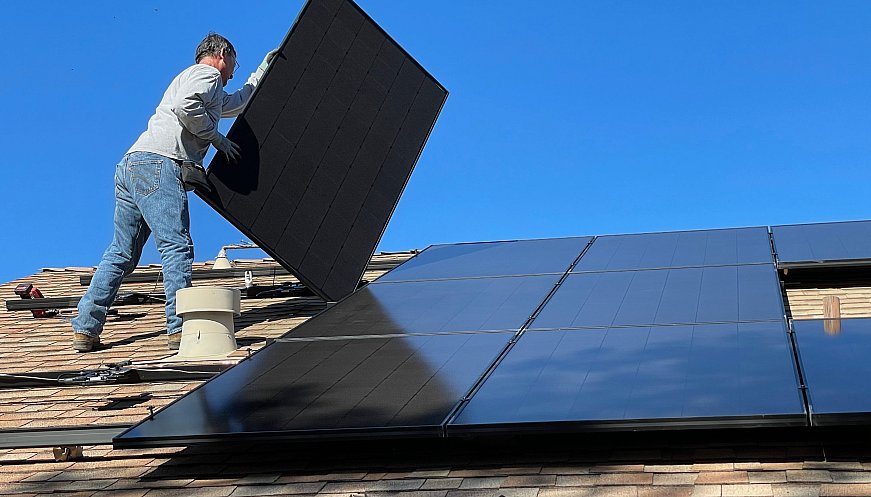 Photo: Bill Mead | Unsplash
Photo: Bill Mead | Unsplash
Hawaii, US, recently approved a set of innovative, responsive utility rates to help the state power itself entirely with renewable energy. The Aloha State leads the nation in the rate of rooftop solar adoption and is shutting down fossil-fueled plants and building large solar and battery facilities in their place. Utility Hawaiian Electric, which supplies all but one of the Hawaiian islands, must ensure there’s enough electricity to keep the lights on after the sun sets in an increasingly solar-dominated grid. The newly approved rate structure will help do that cost-effectively by encouraging people to shift consumption away from the most expensive and dirty hours and into the cheaper, cleaner hours for the grid. The new rate structure includes three components: a small fixed charge that covers utility billing and payment-collection expenses, a ‘grid access charge’ that is proportional to the capacity a customer pulls from the grid in a given month, and the bulk of the bill is a ‘time-of-use’ rate. “Everybody is paying their cost to connect to the grid – there are no hitchhikers here. People who want to save money can do so. People who just want to use electricity and don’t want to try and save money pay the costs they incurred and no one else is subsidizing them,” said Jim Lazar, the veteran rate-design expert who helped craft Hawaii’s policy. This smart rate structure is seen as a model for other, larger states as they bring greater solar energy production on-line.
More:














